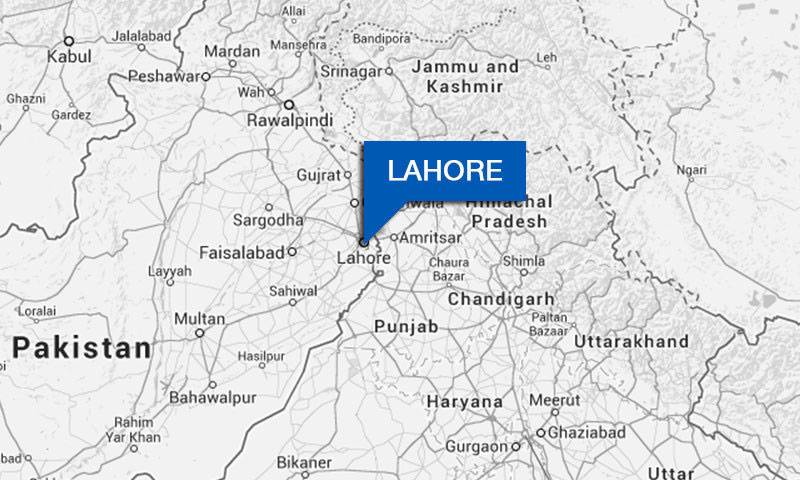LAHORE - Notwithstanding the expensive rehabilitation for years, barrages are still considered to be a highly vulnerable hydraulic structure over the Indus River, a recent study has revealed.
The study - a critical analysis of Punjab Water Challenges - conducted by Indus Consortium says that Punjab is facing an emergent hydraulic crisis which poses serious threats to ecology, livelihoods and life of large segments of its rural population. It also states that over half of Punjab’s share of water in agriculture is lost in canals and watercourses.
Water infrastructure in the province has become old and thus poses significant risks as well as being operated below its design capacity, the study further reveals.
“About four years ago, the Taunsa Barrage underwent emergency rehabilitation through World Bank loan totalling $134m. The intervention was meant to mitigate the risk of structural demise and to modernize the barrage’s operating system. However, a few months after the remedial works, the left marginal bund was breached and unprecedented devastation was seen during the floods. The estimated financial cost of the barrage dysfunction and subsequent flood disaster in Muzaffargarh district was to the tune of $6 billion,” the study revealed with a fear that the barrage is still considered to be a highly vulnerable hydraulic structure over the Indus River.
It further reads, “The rehabilitation works failed to control perfuse subsurface seepage and the resultant forces of uplift pressure. The Taunsa Barrage is a classic case, but similar kinds of risks and challenges are also involved with respect to other barrages.”
The study conducted by renowned water experts under Indus Consortium further reads that the main irrigation reform objectives of improved collection of irrigation tax and enhanced water supplies, especially at the tail end areas through Farmers’ Organizations (FOs), have not been satisfactorily accomplished.
It has also been said that maintenance and operations of water infrastructure, low water productivity and irrigation inequities, institutional appropriateness and reforms and climatic change and flood management are four policy areas, which needed immediate attention for improving overall water governance in the province.
It has also been recommended that Punjab was encountered with complex hydraulic crisis of its history and to cope with this crisis a provincial water policy was needed after holding dialogic with all stakeholders.
The consortium, in this regard, is holding an important provincial water conference on March 17 at Lahore in collaboration with Oxfam Pakistan and it will be attended by Punjab Irrigation Minister, water experts and farmers.
Discussion in the event will focus on issues of small tail-end farmers including the detailed dialogue on water governance especially in Punjab and Sindh.
Friday, April 19, 2024
Punjab facing emergent hydraulic crisis

Opposition objects to oath-taking of MNAs amid lawlessness
5:15 PM | April 19, 2024
Electioneering to end on Friday night ahead of by-polls in 21 constituencies
5:14 PM | April 19, 2024
Fawad Chaudhry granted bail in 14 cases related to May 9 violence
5:13 PM | April 19, 2024
British Army chief lauds Pakistan Army's professionalism, expertise
5:12 PM | April 19, 2024
Israeli aircraft fire missiles at Air Force assets in Iran: Report
3:52 PM | April 19, 2024
A Tense Neighbourhood
April 19, 2024
Dubai Underwater
April 19, 2024
X Debate Continues
April 19, 2024
Hepatitis Challenge
April 18, 2024
IMF Predictions
April 18, 2024
Kite tragedy
April 19, 2024
Discipline dilemma
April 19, 2024
Urgent plea
April 19, 2024
Justice denied
April 18, 2024
AI dilemmas unveiled
April 18, 2024
ePaper - Nawaiwaqt
Advertisement
Nawaiwaqt Group | Copyright © 2024





